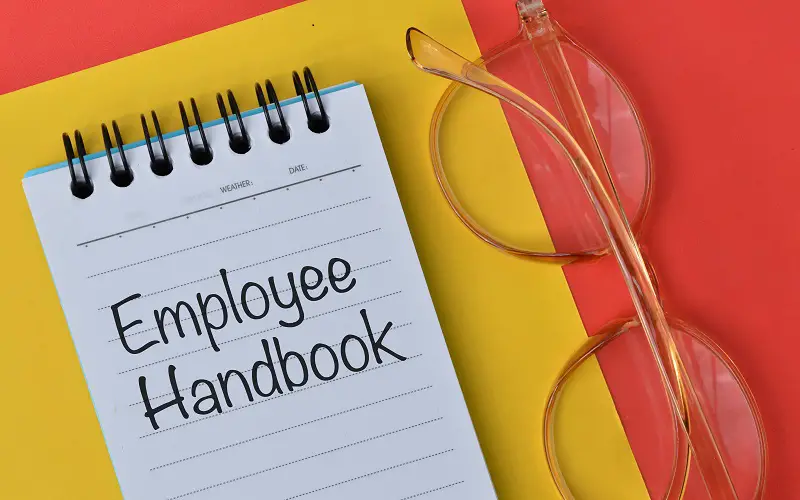Employee data is often the most overlooked type of data in organizations. This data type can help critical decision-makers, managers, and leaders in many different tasks while making them more efficient and proactive. Business organizations can’t stay competitive and grow without a solid workforce to support them.
As a leader, you must always pay attention to your current and future employees, see what makes them better, and discover their problems. Even though that is not an easy task, it has become far more manageable than in the past since there are many third-party platforms where you can acquire relevant data quickly.
In other words, you only need to work out the analytics part to gain the valuable insights you need. Employee data can help you from day one of hiring a new employee. More specifically, it can help you with the job orientation process. Before we see how data helps with this process, let’s learn more about it.
Job orientation definition
Job orientation, employee orientation, or work orientation introduces new employees to the company, their team, their workspace, and all the paperwork associated with their new job. It’s a part of onboarding where new hires learn about their salaries, benefits, dress codes, rules, etc.
No specific job orientation process exists, as every company has a different approach. However, most companies let new hires spend time within their future departments. During this time, fresh additions to the collective can learn about the tasks they will be handling, the word method, the tools they will be using, and how employee collaboration works at the company.
This process aims to make new hires comfortable and slowly familiarize them with their new role. Successful job orientation makes people excited about their tasks and future at the company. At the same time, it also prepares them for what awaits them on the job.
How to create an effective job orientation process
Setting up a clear and transparent process detailing all the essential steps from start to finish is critical. Here are some of the crucial steps you need to take.
Document the whole process.
Start by writing a detailed document or agenda to prepare everyone for the process. This document will guide new employees and managers to ensure everyone knows what awaits them in the first couple of days.
Set the expectations employees and managers should meet. That can include creating new email addresses or accounts for new members to add consistency to your brand identity and image.
Talk to the onboarded employees before orientation starts.
People will feel more comfortable and prepared if they know what will happen. Send them your agenda and brief them shortly about what the orientation will include. Naturally, give them additional information and answer their questions if necessary.
Tell them what they need to bring on their first day, when the orientation starts, when they should arrive, what they should wear, etc.
Prepare all the paperwork.
The first day is usually when new hires must fill out or review paperwork. Make sure everything’s ready for their first day so that you can provide all the documents and give employees the time they need to go through them.
It’s also a good idea to give out short assignments as part of the orientation. Consider sending out copies of these documents before the process starts, if possible, so that everyone has the time to learn essential information before starting.
Be welcoming and offer training.
One of the best ways to welcome employees is to have them meet the existing team. Your teammates can introduce themselves, discuss their jobs, and make new hires feel welcome.
Encourage your current employees to be patient with new members, introduce themselves, tell them what they do, talk about the company, etc.
Meeting coworkers gives new members hands-on information about the job and the company. Everything suddenly becomes real and gives them details about their work.
Prepare all of the critical employee data.
All onboarding managers should give a personalized experience to new members. It’s the way of the new business world, where each employee needs to be treated as an individual. The only way onboarding managers can do that is by having information about their hires.
That is where third-party data companies can help, as they can provide information for hiring the right people. You can also use extensive data to onboard them properly and get them through orientation with the best possible results.
Why is job orientation essential?
Orientation starts a new relationship between the company and the employee. People are often still unsure whether they’ve made the right career choice when they begin working at a new company. Orientation helps them confirm they’ve made the right decision by accepting the job.
Orientation helps the company, managers, and new hires. It makes the transition smooth and highlights the benefits of this new business relationship. Outlining the responsibilities and expectations makes it easier for new employees to be productive.
At the same time, this process helps retain employees and keep them in the company. People want to get what they were promised; that is where communication is crucial. On top of that, a well-organized employee orientation process ensures everyone is on the same page.
Conclusion
Take the time to set up a successful job orientation process, and you will see a happy workplace with a lower turnover rate. Always consider where your workforce is and how you can make employees feel comfortable, including new hires.




